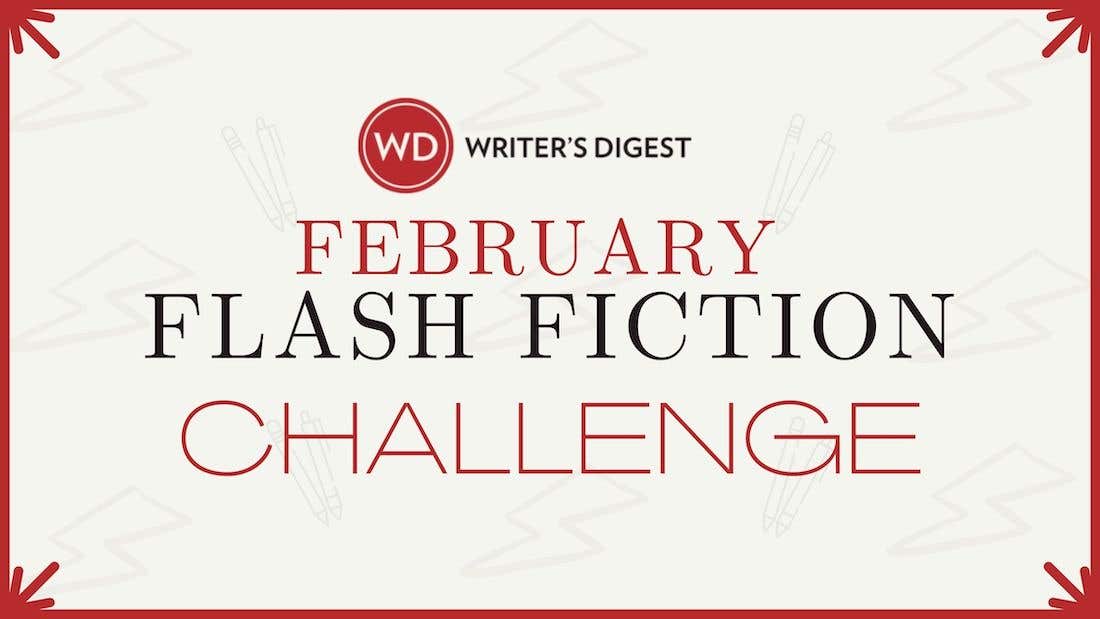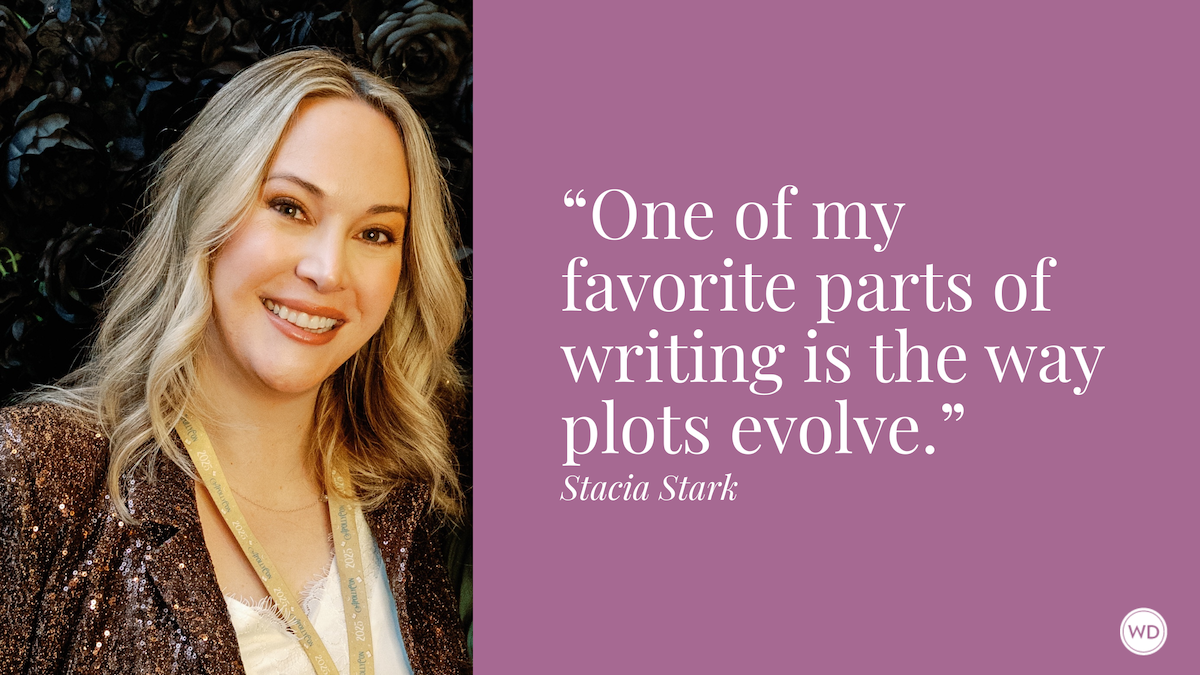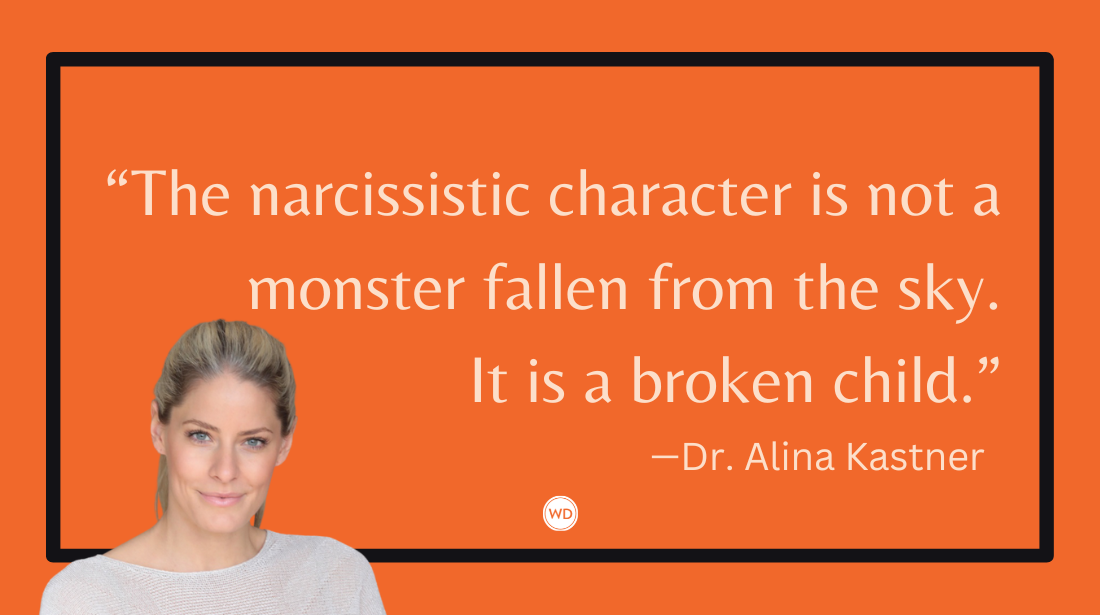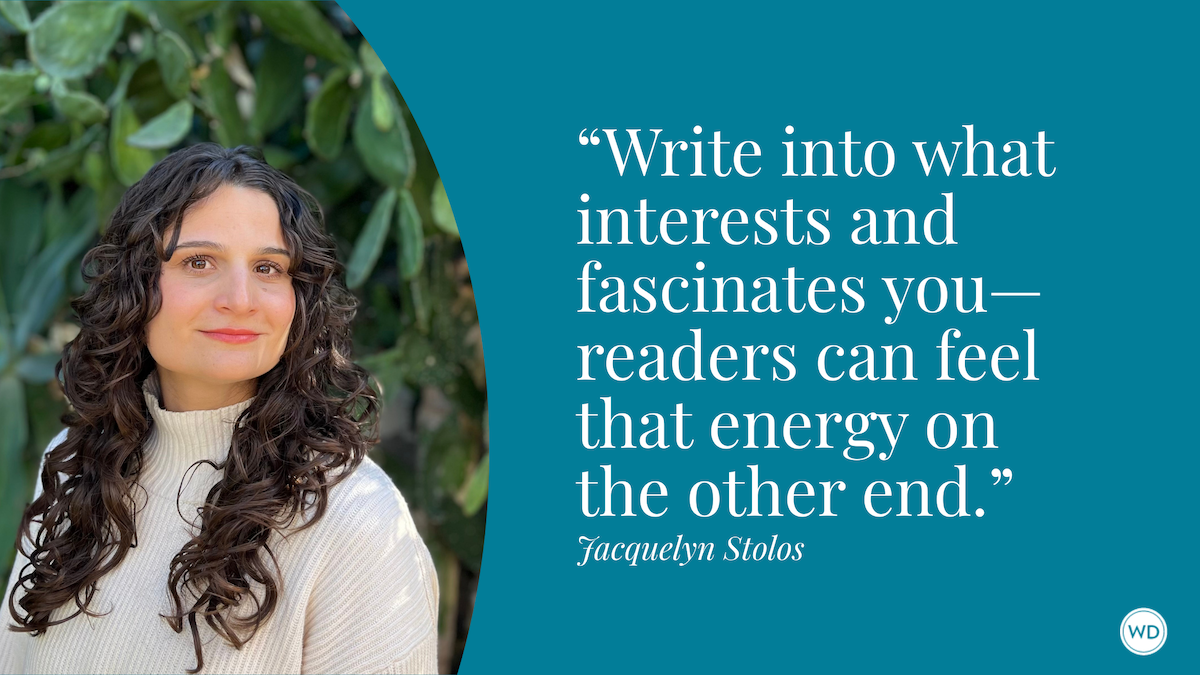FightWrite™: Animals in Fight Scenes
In this article, author and trained fighter Carla Hoch answers a writer’s question about how to handle including an animal as a battle partner, even if that animal doesn’t exist in our known world.
Dear FightWrite™,
My work-in-progress is a fantasy novel, and a big part of my main character’s culture is raising a pack animal (sort of like a large cat) to be their hunting/fighting partner. Do you have any tips for including an animal companion in a fight scene?
—Anonymous
I love the idea of including animals in fight scenes. Animals have long been used in battle. Horses, elephants, camels, dogs, lions, and pigs have all been documented as a part of active combat. There is even a wood relief that suggests rhinos may have been used, albeit not so effectively. Apparently, rhinos aren’t easily trained.
Animals in Fight Scenes
When writing animals in your fight scenes, there’s five Ps to keep in mind.
Purpose
Not only can a war animal serve its handler, but it can also serve the story. It can represent a kingdom or its keeper. It can be a talisman for a tribe or the embodiment of a theme. It can symbolize a nation or mirror a character. And, it doesn’t even have to be that complicated. Your warring animal may, out of the fray, serve as comic relief. Just remember that the creature, like any character, offers opportunities for the story that goes beyond the storyline.
On that same token, the animals in fight scenes should be multipurpose. Fighters must travel light. It’s best if everything they keep with them has a dual purpose. Warhorses were biters and stompers, but they could also carry and pull loads. Dogs could maim and tear but also keep people warm at night. Pigs could scare larger animals, like elephants, with their squeals, gore and bite humans, and incendiary pigs were set aflame and run into battle. Out of the fray, well, war pigs were delicious. Consider giving your battle beast a secondary task that aids their keeper outside of the fight.
IndieBound | Bookshop | Amazon
[WD uses affiliate links.]
Personality
Know how your fighting companion animal behaves. In other words, how does it “eat, prey, and love?”
Eat: Feeding an animal in the wild isn’t as easy as popping a can. It takes effort and is just one of the many facets of caring for them. Consider what is required to provide for this animal as a whole. What do they eat? Will their handler be in danger if the creature is hungry? How often must they drink? How is the animal trained? Will your character reward the animal for a job well done?
How reasonable is it for your character to even have this animal as a “teammate” in the setting of your story? Does the weather and location suit the animal’s body type and nutritional needs? And, does its fighting style suit the nutritional needs you write? If you want your animal to be a grazing animal, it may not be predatory by nature. Horses will attack. But, in the food chain, they are prey.
Prey: Consider the animal’s natural hunting instincts in your fight scene. Pack animals hunt most efficiently in a group. They are also good for cornering a foe. So, if you need your animal and victim to make eye contact, go with a pack animal. Solitary animals hunt alone and excel at sneaking up on targets from behind. Choose a lone hunter for surprise attacks.
Know how the animal kills its prey. Some animals latch on until the prey bleeds out. Some bite repeatedly. Some wound and then wait until their prey is too weak to defend.
If your warring companion isn’t real, use an animal it is most like for reference. Whenever anyone asks me about including dragons in fight scenes, I encourage them to look at how birds of prey attack one another. If your creature is magical, you should know the scope and limits of its abilities. And, consider how they would attack/defend without those abilities.
Love: How does your fighting animal show affection? Or does it show affection at all? Should it be muzzled and contained off the battlefield? Remember, it is trained to kill. How will the handler turn off that training when the animal isn’t fighting?
Picture
Picture your animal completely. Know how the animal looks. This seems like a no-brainer, especially for writers. But consider whether the animal’s appearance actually suits it as a predator. In the case of mammals, skull structure dictates diet. Carnivores, herbivores, and omnivores have different skull and tooth shapes. Eye placement determines whether it is predator or prey. The size of the eyes hints at whether it is nocturnal or diurnal.
If your creature isn’t a mammal, you have a lot more freedom with physical structure. However, the teeth will still reflect the diet.
Know how the animal sounds not only as a creature in and of itself, but also as it moves. A horse sounds differently than an elephant as it walks. Also, consider the sounds of its attack. Is there ripping, bone-crushing, or bludgeoning thuds?
Know how the animal feels. Know how it smells. And, yes, if you eat the thing, how does it taste? Make a complete picture of the animals in your fight scenes for your reader.
Partner
How will your character work with the animal? Will the two work in tandem like pack partners? Will the creature corner their live target and stay until the handler appears? Will the animal kill the target and then stay with the corpse, or kill and retrieve? Or, will it drag its dead victim up into a tree like a leopard? All of these things contribute to the strategy your character will devise.
POV
Remember the point of view in your fight scene. If the altercation is from the POV of a handler, they will not know what the animal is doing when it is out of sight. If you want the reader to know what the animal is doing, the POV will have to allow for that.
I hope I answered your question. If I left something out, please contact me through my site, FightWrite.net. Also, I will be at the Writer’s Digest National Conference in NYC. Check out my classes and pop in one if you can. If you see me out and about, ask me questions. If you have a book, please let me sign it. And, above all, say hi!
That’s it for this round of FightWrite™ on WD. Until the next round, get blood on your pages!
*****
Want your question answered in the next FightWriteTM?
Leave your questions for Carla in the comments below for a chance at having your question be the next FightWriteTM article here on the WD site!
Note on commenting: If you wish to comment on the site, go to Disqus to create a free new account, verify your account on this site below (one-time thing), and then comment away.
Carla Hoch is the award-winning blogger of FightWrite® and author of the Writer’s Digest book Fight Write: How to Write Believable Fight Scenes. She is a WDU instructor who regularly teaches on the craft of writing fight scenes, action, and violence as well as the mechanics of fighting for writers. Carla is a world champion jiujitsu player and has experience in almost a dozen fighting styles. She lives and trains outside Houston, Texas.









